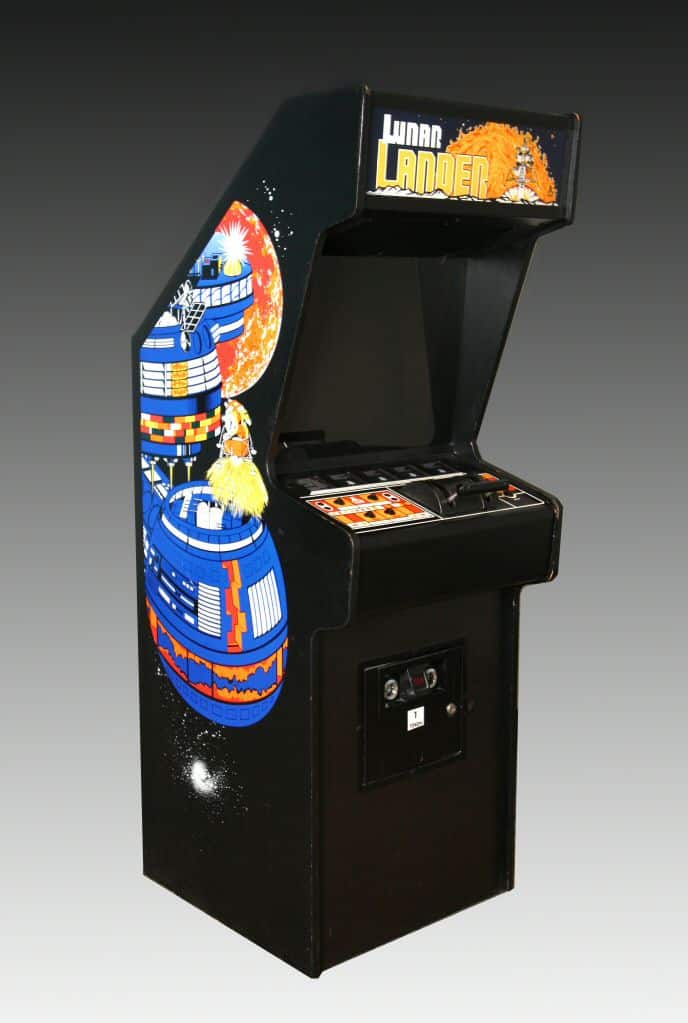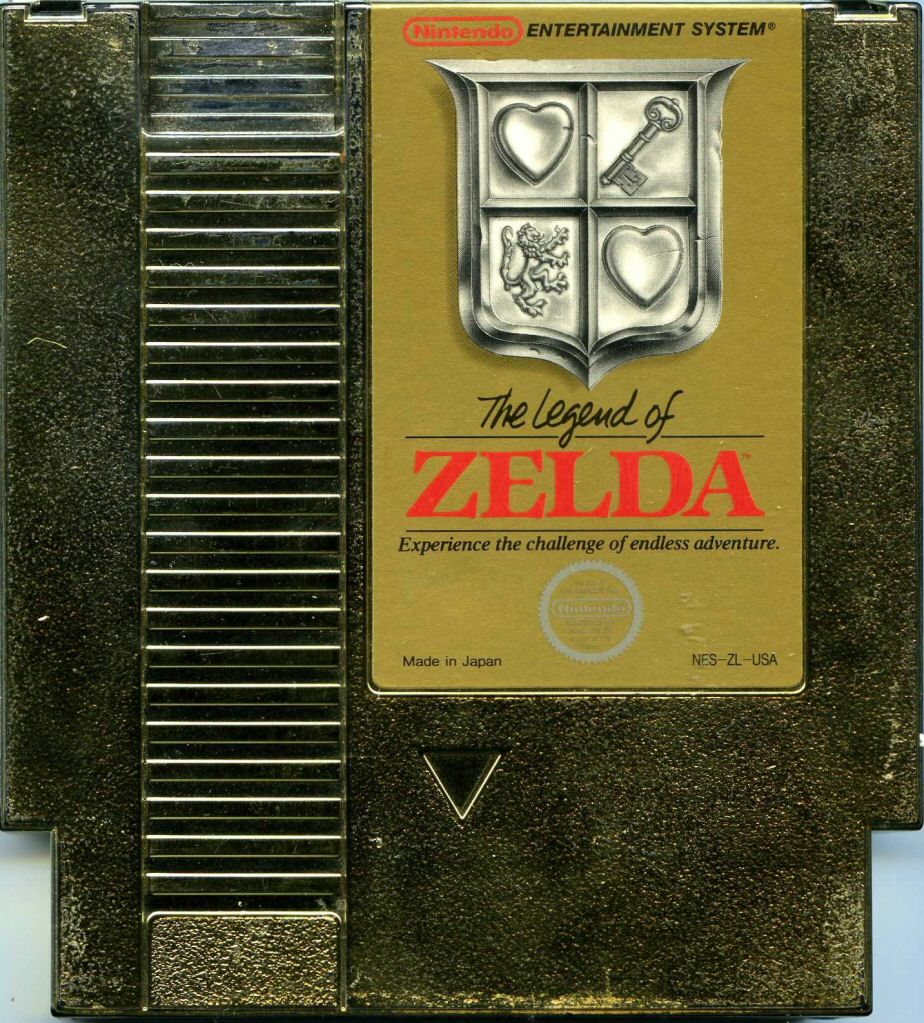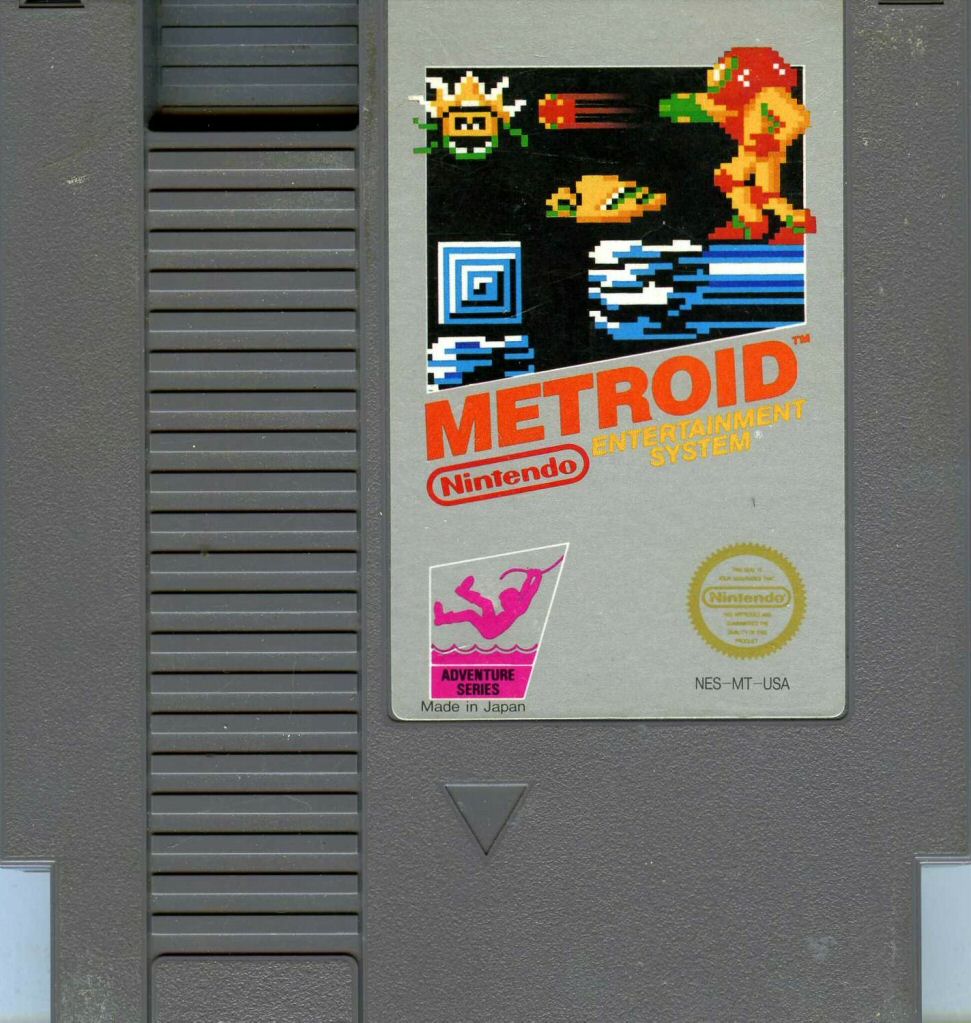
The save feature is something a lot of gamers take for granted these days. Not only can a player save directly to a home console or computer hard drive, the number of opportunities we’re given to save prove higher than ever. This makes death and dying in games a lot less stressful. A player might lose some time and experience, but going back to the last save point is an option in most games. What I find interesting is how many different ways of saving exist, and how much the feature has evolved over the years.
Early arcade games possessed no features that allowed a player to recover from death. If the “Game Over” screen flashed and the person wanted to play more, he had to start all the way back at the beginning. Later arcade machines allowed a player to continue from his point of death for the price of another token or quarter. The earliest example of this was Lunar Lander in 1979, which allowed a player to purchase more fuel at any point during the game. Later arcade machines provided a countdown after death to give the player time to dig out money and continue her battle.

1985, The Strong, Rochester, New York
The earliest home consoles also had no save features. Only when the third generation of consoles appeared in the 1980s did a small number of games, such as Metroid and Mega Man, allow players to save games by inputting passwords after clearing a stage. The player could then resume the game at the same point. In 1986, The Legend of Zelda became the first game to possess battery-backed memory directly on the game cartridge. This method of saving game play became more common during the Super Nintendo era in the 1990s. Gamers still use a variant of this cartridge-based storing process, such as saving directly to a Nintendo DS Game Card.
The introduction of memory cards, beginning with the Neo Geo console and becoming popular with the Sony PlayStation and Sega Dreamcast, made saving even easier. Players benefited from these portable memory cards because they could transport their saved game from one console to another. The cards also grew larger as time passed, which allowed players to store more saves on a single card.

Rochester, New York
These days more powerful console hard drives make for a convenient way of saving. While early consoles such as the Sega CD possessed a small amount of internal RAM for saving games, Microsoft’s Xbox popularized the concept by becoming the first console to include a built-in hard drive that included up to 10 GB of storage. Players saved games directly to this ample system, just as they did with a computer.
Designers recently created a new save feature for use with certain online networks such as PlayStation Plus. The feature permits a player to save their game online. Players then download their progress onto another console, allowing them to take their games everywhere.
Saving video games gives players the peace of mind of knowing that no matter how bad things get, they can almost always re-start from their last saved spot. Designers create games with higher difficulty level because they know the save function keeps players’ frustration levels lower. But the actual process of how the save function evolved is what intrigues me. Do you have any special memories of saving games, or perhaps the frustration of not being able to save them in the early days? Share them with us!
 Hours 10 a.m.–5 p.m. | Fri. & Sat. till 8 p.m.
Hours 10 a.m.–5 p.m. | Fri. & Sat. till 8 p.m.